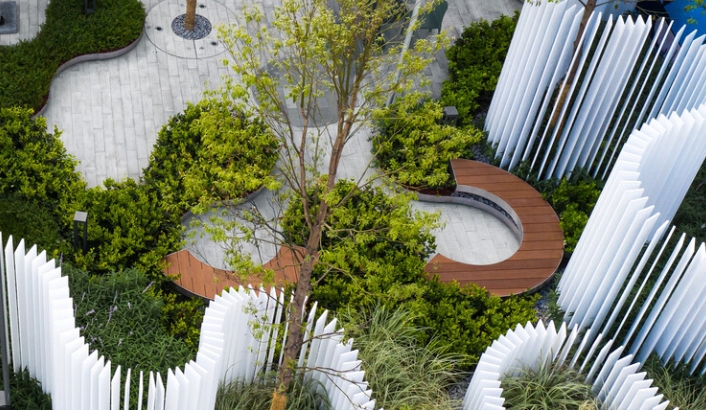Transforming Spaces: The Art of Landscape Architecture
Landscape architecture is a discipline that seeks to create sustainable and aesthetically pleasing outdoor environments. It involves the design, planning, and management of outdoor spaces to enhance their functionality and beauty.
Creating Functional Spaces
One of the primary goals of landscape architecture is to transform spaces into functional areas that serve a purpose for both individuals and communities. This can include spaces for recreation, relaxation, social gatherings, and ecological restoration.
Blending Nature and Design
Landscape architects work to harmonize natural elements, such as plants, water, and landforms, with human-made structures and designs. This integration of nature and design creates visually stunning landscapes that enhance the overall experience of the space.
Promoting Environmental Sustainability
Another key aspect of landscape architecture is promoting environmental sustainability. Designing landscapes with sustainable practices in mind, such as using native plants, reducing water usage, and promoting biodiversity, helps to create spaces that are not only beautiful but also beneficial to the environment.
Fostering Connections
Landscape architecture plays a crucial role in fostering connections between people and the natural world. By creating spaces that invite interaction and engagement, landscape architects help to strengthen the bond between individuals, communities, and the environment.
Enhancing Quality of Life
Ultimately, the art of landscape architecture aims to enhance the quality of life for those who interact with the spaces they design. By creating well-planned and beautifully executed landscapes, landscape architects have the power to transform ordinary spaces into extraordinary places that uplift, inspire, and enrich the lives of all who experience them.

